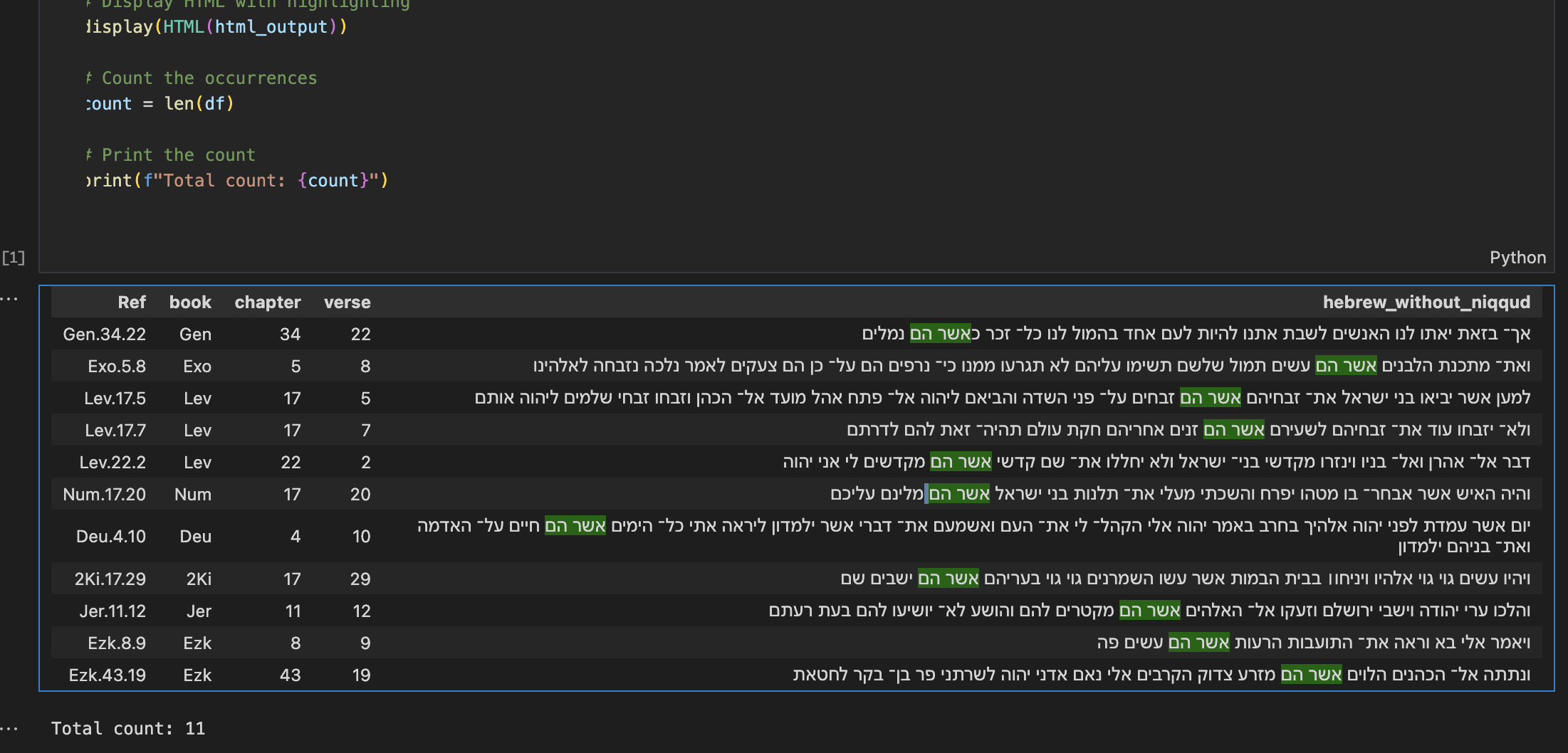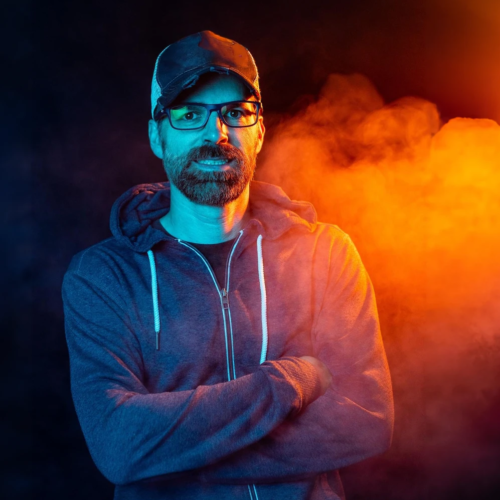Unfunded

Working in war-torn Ukraine
The RBT Project is not a funded project supported by a $25 million dollar budget while sitting in the cushy suede chairs of a seminary sipping chamomile tea next to a view of green landscapes. It is done without money, without help, without home, without car, without any office space or desk, without any quiet, all on a well-beaten, taped up iron stylus (laptop) at the very bottom of the social echelons. The RBT takes shape in coffee shops, bars, dump hostels, any many other derelict places. The Gospels and dozens of chapters have been translated (repaired) living out of a backpack in the worst sleep-depriving conditions imaginable in five different countries, after nearly all had shunned support, or cut me off. No sleep, no food, no home, and plenty of spurning. From time to time I find freelance work in order to eat, but if anyone knows anything about the Upwork Global overlord machine, there is nothing “up” about it. Half of the time I am punked out of pay for work, and have lost $1000s in labor already. Few understand the crushing weight of society when at the bottom of it. If you aren’t stepping on someone’s fingers on the ladder up the echelons of society, the whole of it will step on yours. That said, Atlas shrugged.
Language of Man
Human language, considered the greatest human invention, is at the heart of human consciousness and intelligence. It evolves over time, but more importantly it conglomerates into larger “child languages” as the world becomes more and more connected (or dissolved, depending on how you look at it). English itself is a conglomeration of many parent languages. This process creates “language death” as conglomerate child languages supplant old human parent ones. It is estimated that there have existed at least 31,000 human languages where now only 6000 exist today. Definition of words evolve and take on different meanings and shapes throughout this process. Word meanings can change drastically even in the span of one generation.
Project Research Sources
The following resources are considered some of the most exhaustive for word research, though they have their limits:
- Gesenius: Hebrew & Chaldee (i.e. Aramaic) Lexicon (1846)
- Gesenius Hebrew Grammar, 1813
- Brown-Driver-Briggs Hebrew and English Lexicon (1906). Based upon the work of Gesenius.
- A Hebrew & Chaldee lexicon to the Old Testament by Fürst, Julius (1867), student of Gesenius.
- The Hebrew and Aramaic Lexicon of the Old Testament (HALOT) by Köhler, Ludwig, 1880-1956
- James Strong’s Exhaustive Concordance (1890)
- Dictionary of Targumim, Talmud and Midrashic Literature by Marcus Jastrow (1926)
- Tyndale House, Hebrew Roots https://www.2letterlookup.com/
Others Used:
- Septuagint (LXX) Interlinear Greek OT (https://studybible.info/interlinear/)
- Perseus Greek Digital Library (http://www.perseus.tufts.edu/hopper/)
- University of Chicago’s Logeion Greek Dictionaries (https://logeion.uchicago.edu/)
The BHSA from The Eep Talstra Centre for Bible and Computer was converted into a custom database to be used in the RBT Hebrew Interlinear which can be seen by clicking any verse number. This database is used for computational research of Hebrew words and letters via custom Python scripts, bypassing the need for expensive software:
“Why don’t you use modern resources?”
Because these are for-profit resources, for those with money. Selling access to educational resources has a funny way of “shutting people out” of learning. Such a shame. We would gladly make use of anything, but if it must be sold and money must be made, then it probably isn’t worthwhile.
יי
About Matt
The project is led by Matthew Pennock. His journey with Biblical Hebrew began in 2000 when he felt a strong draw to the language at 21 years of age. Keenly aware of its hidden power, he embarked on a comprehensive study, culminating in a full self-taught course in Hebrew grammar by 2002 utilizing various software and websites available at the time. Working as a ski-lift operator standing 10 hours a day, he would spend the otherwise boring times with no one around memorizing printed Hebrew Verb tables kept in his pocket. From 2000 to 2016, he dedicated himself to missionary work and church leadership, traveling to and ministering in over 50 countries. Abroad, he always found himself the least funded missionary on the field, often with scarcely $300 a month in support, most of the time with no support at all except for what he saved up on his own, and at one point was actually offered donations from Kenyan’s in Africa.
His thirst for knowledge extended to various other languages, including Arabic, Mandarin, Kiswahili, Spanish, German, Polish, and Biblical Greek. After obtaining a degree in International Studies, he pursued theological education at a Biblical seminary. However, the prohibitive costs and his dissatisfaction with the inconsistencies prompted him to leave the world of biblical academia after a few terms. He had tested and participated in the murky waters of church-planting in countless capacities around the world, only to watch all of them fail. After countless churches shunned him as unconventional or otherwise rejected, or even reprimanded him as laissez-faire, he stepped away from the scene to focus on writing, and a deep dive/dig into Hebrew and Greek studies.
Subsequently, Matthew recognized the astonishing limitations and biases in translation methodologies. He resolved to delve exclusively into the study of Hebrew and Greek. By 2018, he was digging out and re-translating significant portions of text. This drive led to the inception of what was initially dubbed a “Full Literal Translation (FLT)” with the intention of testing the limits of literal translation of Hebrew etymology, as prior ones did not. Out of this the Real Bible Translation (RBT) Project was birthed with an aim of mastery over the language, and an understanding of everything “shut up” and “forgotten” from time immemorial while setting aside traditions.
Some music he enjoys includes Pearl Jam, AC/DC, Guns and Roses, Led Zeppelin, drum ‘n bass, classic rock, and blues. He knows how to take apart an engine piece by piece to the nuts and bolts and put it back together again. He has enjoyed building motorcycles and vintage trucks, running outdoors, and rock climbing. He does not live anywhere, but roams abroad with no home, no money, no property, translating everything entirely from an “iron stylus” laptop. He strives to leave everything in better shape than when he found it.

